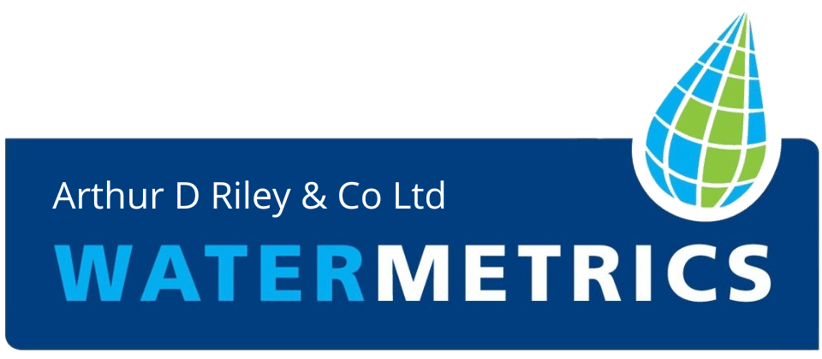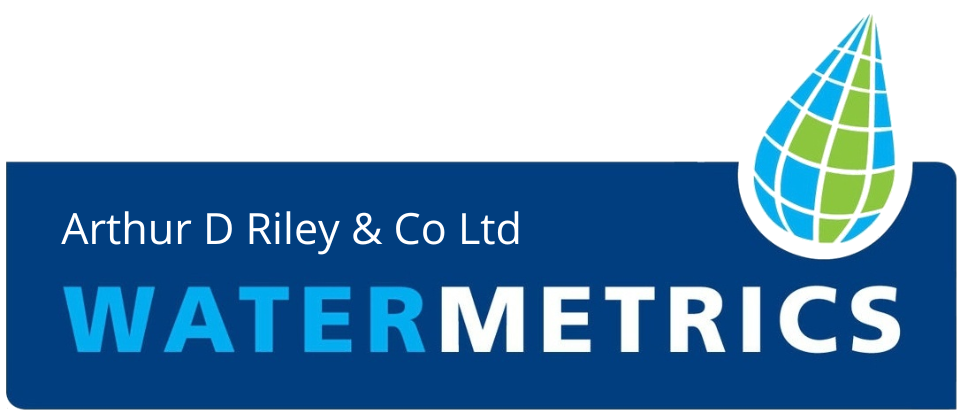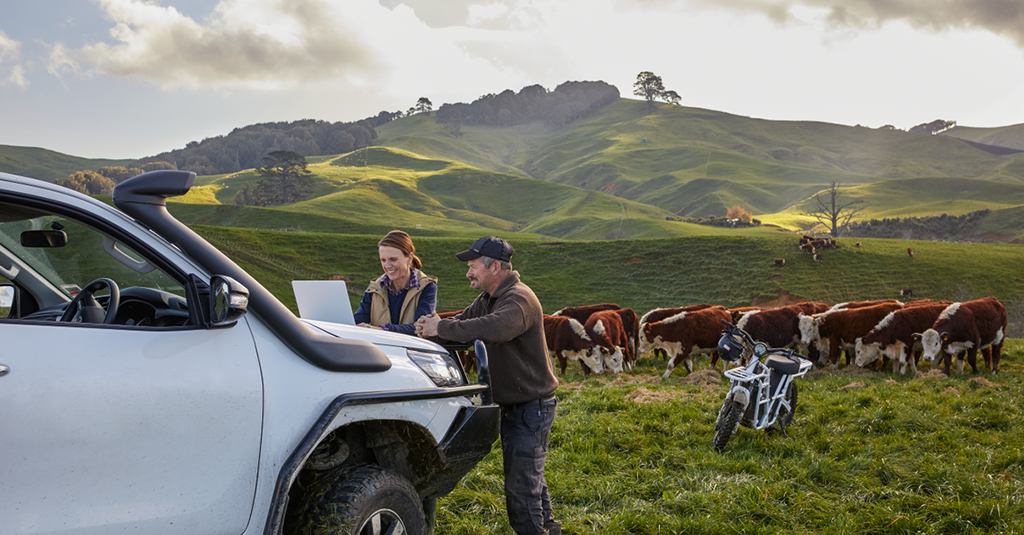Like many in the primary sector, the Horticulture industry faces environmental sustainability issues concerning the use of water, fertilisers and pesticides, energy use, greenhouse gas emissions and the impacts of climate change.
Irrigation for horticulture has traditionally been used to supplement natural rainfall to ensure adequate growth and productivity from their crops.
Changes in soil and climate mean that substantial amounts of water have to be used. An increase in water shortages means efficient water use is a priority for the industry. The harnessing of water technologies not only reduces energy use, improves efficiency and saves production costs, but also matches the crops’ water requirement, contributing to yield and quality improvements.
Watermetrics stepped into cropping management in the 20/21 season when we installed our equipment on kiwifruit orchards in Gisborne, vineyards in Marlborough and potatoes in Mid Canterbury. We made encouraging progress in generating data to manage water and fertilizer applications.
First, we installed 800mm soil probes. These read both temperature and moisture at 100mm intervals and reports in 15 minute intervals. The presentation of the lines on the graph gives a clear picture of where a water application has got to in the soil profile and highlights overwatering. This is beneficial in calculating the irrigation amounts so that water gets to the effective root zone.
Secondly, we measured the water applications, recording the amount and timing of the applications.
Finally, we gathered comprehensive paddock specific and climate information, including rainfall collection. This equipment predicts the coming seven days weather including the important evapotranspiration.
While it is great to have all the data, there’s also room to put it all together so that effective management decisions can be made.
We used our partner Swan Systems to pull all this together and this model provided many management advantages.
We set targets for nutrient levels at each growth stage and could use the programme to record and modify applications as required. By connecting this with forecast weather and existing temperature, moisture, and planned irrigation we could define the appropriate time to make the correct applications.
We defined the soil and its drainage and water holding capacity, then we defined the crops’ desired moisture levels at each growth stage. Specific agronomic information such as midday stem water potential can be utilised in the settings.
This information was gathered from the grower and the agronomist, and related to the comprehensive nutrient and water information resident in the Swan programme. Any required adjustments for the specific variety or site were included.
The Swan Systems programme then sets a water budget depending on water volumes able to be used. It calculates the amounts of water required to meet the set targets and includes in this the predicted evapotranspiration and rainfall. It details the day and amounts to be applied, and that information can be deployed to mobile phones.
We set a desired target for the root zone for moisture and allowed an operating zone. The application issues warnings if those limits are approached.
Managers found it easy to stay within those limits and were able to keep the moisture close to requirement. This takes moisture stress out of the equation, limits disease problems, and increases the crops’ ability to reach its potential, which is far less likely if fluctuations were allowed to occur. From the factual information gathered the effects of inadequate irrigation were clear, as were the difficulties of getting it back to where it should be. The information generally meant earlier applications with less water than would have been normally applied.
There is also comprehensive daily data history that can be printed as a PDF. Analysis of this pinpoints mistakes and better ways of doing things for a future crop.
We believe this application is a hugely beneficial and important reporting and management tool. It helps address many of the environmental/water problem areas in crop growing, and contributes to water and cost savings as well as catering for optimal crop requirements.
Contact Richard Campion Agronomist at Watermetrics if you would like to discuss this further.
Phone: 021 199 1260




